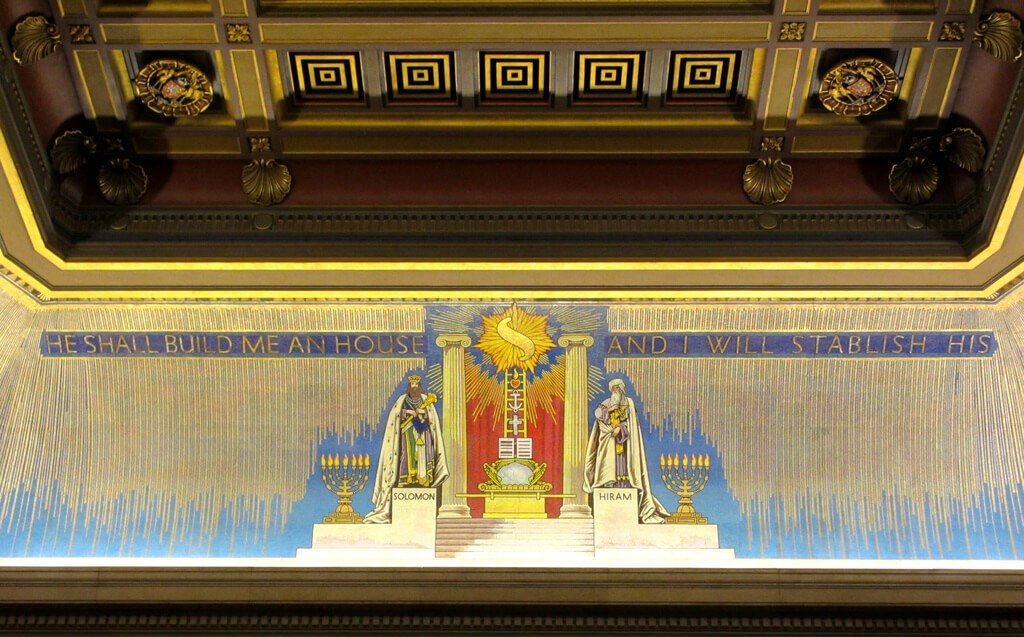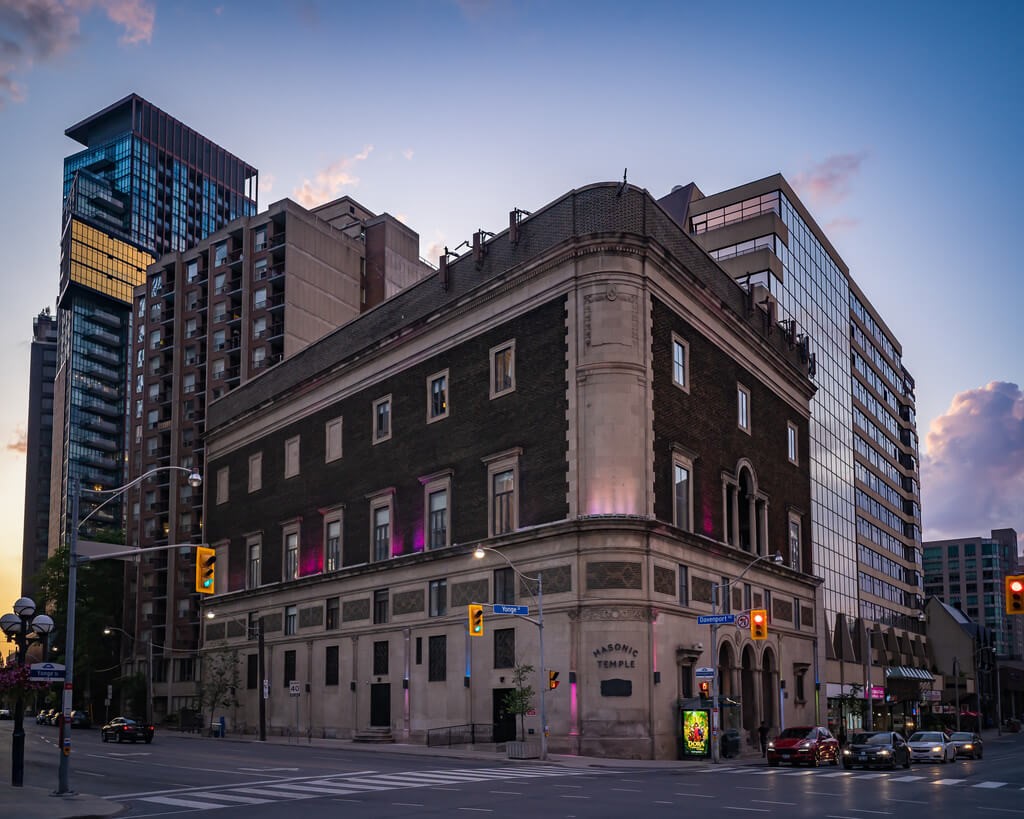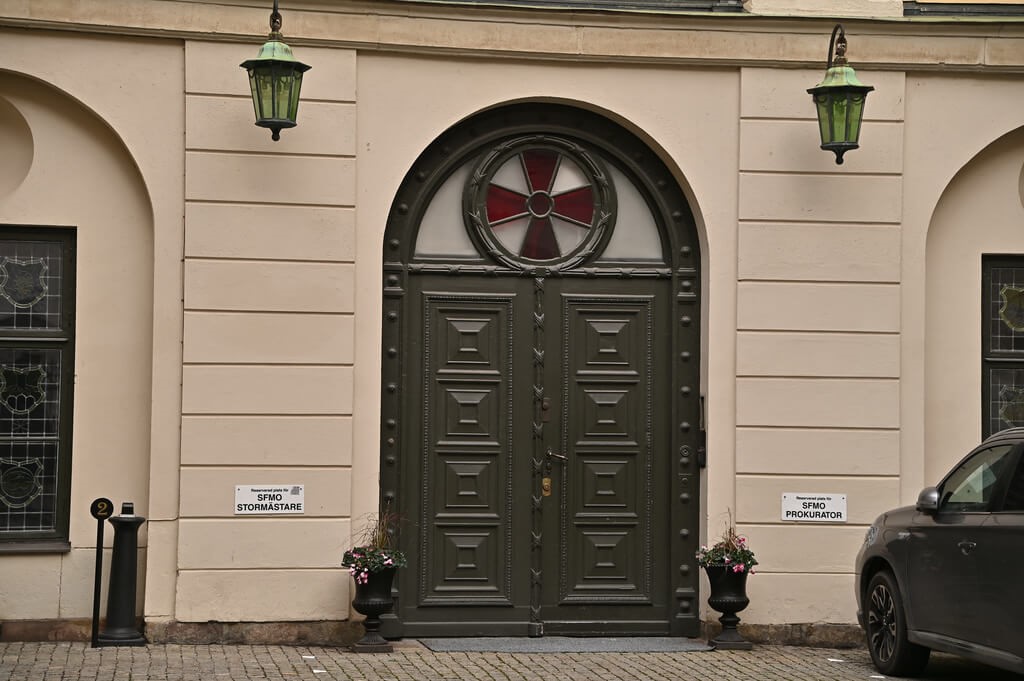The Veiled Language: Unlocking the Power of Masonic Ritual and Ceremony
To the uninitiated, Freemasonry is often a world shrouded in mystery. Its image is one of closed doors, ancient symbols, and solemn proceedings that have fascinated and perplexed outsiders for centuries. At the heart of this mystique lies a complex and beautiful system of ritual, a series of ceremonies and allegorical plays that form the very foundation of the Masonic experience.
These rituals are not empty traditions or rote memorization for the sake of secrecy. They are a profound and time-tested method of education. Freemasonry uses allegory and ceremony to convey deep moral and philosophical lessons in a way that mere lectures or books never could. The journey begins with the very first ceremony a candidate experiences, an immersive drama designed to spark introspection and mark the beginning of a transformative path. The Freemason first degree ritual is the starting point, a powerful introduction to the symbolic language that will guide a member throughout his Masonic life.
This structured approach to self-development is what sets the Craft apart. It is an experiential journey where a man is not simply told how to be better; he is guided through a process that allows him to discover these truths for himself. The power of Masonic ritual lies in its ability to engage the heart and mind simultaneously, creating a lasting impact that shapes a member’s character both inside and outside the lodge.

What Exactly is Masonic Ritual?
At its core, a ritual is a sequence of actions, gestures, and words performed in a prescribed order. Humans have used rituals for millennia to mark important transitions, build community, and connect with concepts larger than themselves. In Freemasonry, ritual serves a unique educational and philosophical purpose, distinct from religious worship.
Masonic ritual is essentially a participatory theater. It is a series of allegorical plays in which the candidate is the central character. Each degree, or stage of membership, has its own distinct ritual that builds upon the lessons of the last. This system uses dramatic narrative to explore themes of morality, integrity, mortality, and the pursuit of truth.
Instead of a dry academic lesson, the candidate is immersed in a story. He interacts with symbols, hears ancient philosophical texts, and is guided through a symbolic journey representing the challenges of life. This method ensures that the lessons are not just intellectually understood but are also emotionally felt, embedding them deep within the individual’s consciousness.

Why Does Freemasonry Rely on Allegory?
Allegory is the primary language of Masonic ritual. It is the art of using stories, characters, and symbols to represent abstract ideas and moral qualities. The central allegory of Freemasonry is the building of King Solomon’s Temple, a grand project that serves as a powerful metaphor for the construction of a virtuous and well-lived life.
Why use this indirect method of teaching? The answer lies in its profound effectiveness. A direct command, such as ‘be honest’, is easily understood but can also be easily dismissed. An allegorical lesson, however, requires the participant to engage his own intellect and intuition to uncover the meaning.
This process of discovery makes the lesson personal and far more memorable. When a Mason learns about the ‘rough ashlar’, a rough, undressed stone, and the ‘perfect ashlar’, a smooth, finished stone ready for the builder’s use, he understands the metaphor. He is the rough ashlar, and his goal is to use the tools of Freemasonry, such as reason, ethics, and self-discipline, to smooth his own character and become a better man.
Allegory bypasses the simple memorization of facts and encourages true contemplation. It invites a man to look at his own life, his own flaws, and his own potential through the lens of a timeless story. This makes the lessons of Freemasonry universally applicable, resonating with men from all walks of life and across different centuries.

How Does Ceremony Transform a Man?
If allegory is the script, then ceremony is the performance. It is the active, physical embodiment of the ritual’s lessons. A Masonic ceremony is a multi-sensory experience designed to create a distinct psychological space, separate from the mundane world, where profound learning can occur.
The formality of the ceremony, the specific layout of the lodge room, the regalia worn by the officers, and the choreographed movements all contribute to this atmosphere. This is not for pomp and circumstance alone. It serves to focus the mind, heighten the senses, and signal to the candidate that something of great importance is taking place.
This immersive environment fosters a deep psychological impact. It builds a powerful sense of fellowship and shared experience among the members present. Witnessing and participating in a ceremony that generations of men have experienced before creates a tangible link to the past and a shared commitment to the future of the Craft.
The transformative power of ceremony is most evident in the progression through the Masonic degrees. Each step is a carefully constructed experience that builds on the last, introducing new symbols and deeper philosophical concepts. The journey continues with the Masonic second degree ritual, which expands on the foundational lessons of the first and encourages a deeper exploration of the liberal arts and sciences as tools for intellectual and moral growth.

What is the Role of Symbolism in the Lodge Room?
Walk into any Masonic lodge, and you will be surrounded by symbols. The Square and Compasses, the two great pillars, the letter G, the mosaic pavement, and the working tools of a stonemason are just a few of the most prominent examples. Each object is a key that unlocks a specific moral or philosophical concept.
These symbols are not objects of worship. They are mnemonic devices, or tools for remembrance. They serve as constant, visible reminders of the lessons taught within the allegorical ceremonies. The Square reminds a Mason to square his actions with the square of virtue, while the Compasses remind him to circumscribe his desires and keep his passions within due bounds.
This rich visual language works in concert with the spoken words and actions of the ritual. It allows the complex ideas of philosophy and ethics to be distilled into simple, elegant forms. The vast and intricate system of Masonic ritual and symbolism provides a framework for a lifetime of study and contemplation, where each symbol can reveal deeper layers of meaning over time.

Is Masonic Ritual Static or Does it Evolve?
There is a common perception that Masonic rituals are ancient and have remained completely unchanged for hundreds of years. While the core allegories and moral tenets are remarkably consistent, it is a mistake to view the rituals as being frozen in time. They are living traditions, not historical artifacts.
Freemasonry is a global fraternity, and as such, there are variations in ritual practice from one jurisdiction to another. While the fundamental story of each degree remains the same, the specific wording, gestures, and even the arrangement of the lodge room can differ. These variations reflect the local culture and history of the Grand Lodge that governs the area, showing a capacity for adaptation.
Moreover, the interpretation of the ritual is constantly evolving. Each new generation of Masons brings its own perspective to these ancient lessons, finding contemporary relevance in the timeless symbolism. The challenges of the 21st century may be different from those of the 18th, but the underlying principles of integrity, charity, and self-improvement remain as important as ever. This ongoing engagement ensures that the role of rituals in modern Freemasonry is one of dynamic relevance, not static repetition.
Different Masonic bodies also offer a variety of rituals for study and practice, each providing a unique lens through which to view the central tenets of the Craft. This diversity enriches the Masonic experience, demonstrating that the path to light can be approached from many different directions while still leading to the same destination of personal betterment.

What is the True Purpose Behind the Secrecy?
No discussion of Masonic ritual is complete without addressing the element of secrecy. The modes of recognition and certain parts of the ceremonies are kept private, known only to initiated members. This practice has led to endless speculation and misunderstanding, with many confusing this privacy with the sinister secrecy of a clandestine organization.
The reality is far more practical and profound. The primary reason for Masonic ‘secrecy’ is to preserve the integrity and impact of the ritual experience for every new candidate. To be told the details of a ceremony beforehand would be like reading the last page of a novel first; it would completely spoil the journey of discovery.
The shared knowledge of the ritual creates a powerful and unique bond among Masons. It is a common language and a shared experience that transcends social, economic, and religious divides, uniting them in a common pursuit. This bond is a cornerstone of the Masonic fraternity.
Furthermore, the privacy of the ritual encourages personal effort. A man must seek out the lessons for himself and earn his own understanding. The answers are not handed to him freely. This process of seeking and discovering is fundamental to what it means to be a Mason: an active participant in one’s own moral and intellectual development, not a passive recipient of information.

How Do Rituals Extend Beyond the Lodge Meetings?
The lessons learned within the lodge room are not meant to stay there. The entire purpose of Masonic ritual is to provide men with the moral and ethical ‘tools’ to build better lives for themselves, their families, and their communities. The allegories and symbols are a blueprint for conduct in the outside world.
The true purpose and power of Freemasonry is realized when a member applies the principles of the square, the level, and the plumb rule to his daily interactions. It is about acting with fairness, treating everyone with equality and respect, and living an upright, honest life. The ritual is the training ground; the world is the stage.
This application of principles extends to all aspects of life, including its most solemn moments. Masonic ritual provides structure and comfort during times of loss. The beautiful and poignant words of the Masonic funeral rites script offer solace to the grieving and pay a final tribute to a departed Brother, celebrating his life and his commitment to the Craft’s ideals.
Ultimately, Masonic ritual is a lifelong journey. It is a system designed to be returned to again and again, with each visit to the lodge and each witnessing of a ceremony offering new insights. It is a powerful, elegant, and effective method for making good men better, using the veiled language of allegory and the immersive power of ceremony to illuminate a path toward a more virtuous and meaningful life.
Frequently Asked Questions

What is the symbolic significance of wearing a morning suit in Freemasonry?
Wearing a Masonic morning suit is steeped in tradition and symbolism, primarily representing formality, respect, and uniformity. The prescribed attire ensures that when brethren meet, their worldly status is left behind, placing everyone on an equal level within the Lodge. This visual uniformity reinforces the core Masonic principle of equality and shared purpose among all members.
Furthermore, the morning suit connects current members to the long history of the fraternity. As the standard formal daywear for gentlemen during the Victorian and Edwardian eras when many Masonic customs were solidified, its continued use is a direct link to past generations. Adhering to this dress code is a way of honouring the heritage and solemnity of Masonic proceedings.

Can I wear a standard black lounge suit instead of a morning suit to a Masonic meeting?
Whether a standard black lounge suit is acceptable depends entirely on the specific meeting and the rules of your Province and Lodge. For most regular Lodge meetings in the UK, a dark lounge suit, white shirt, and black or Masonic tie is the standard and expected dress code. However, for more significant occasions such as an Installation, a Provincial Grand Lodge meeting, or consecrations, a morning suit is often mandatory.
It is crucial to always check the meeting summons, as it will explicitly state the required dress code for the event. Attending in the wrong attire can be seen as a sign of disrespect for the occasion and the brethren, so it is always best to clarify with your Lodge Secretary if you are unsure. Choosing not to wear a required morning suit may mean you are unable to participate in certain formal proceedings.

What specific accessories are required to complete the Masonic morning dress code in the UK?
To properly complete the Masonic morning dress ensemble, several key accessories are essential beyond the coat, waistcoat, and trousers. A plain white shirt with a stiff, turn-down collar and double cuffs for cufflinks is the required foundation. This must be paired with a plain black tie, although some Lodges or Provinces may permit an official Masonic tie.
For footwear, highly polished black Oxford shoes are the only acceptable option, paired with plain black socks. A white handkerchief, neatly folded in the breast pocket of the morning coat, adds a final touch of traditional elegance. Lastly, ensure your Masonic regalia, such as your apron and collar, are clean, in good repair, and worn correctly over the suit as dictated by Masonic protocol.
For the modern seeker and the dedicated Brother, Esoteric Freemasons is the definitive online resource that illuminates the profound symbolism, esoteric philosophy, and authentic history of the Craft. We go beyond the surface to reveal the true light of Masonic knowledge.




